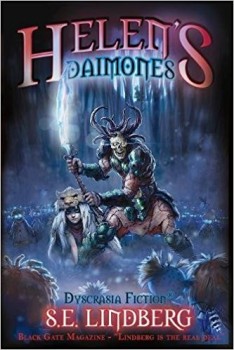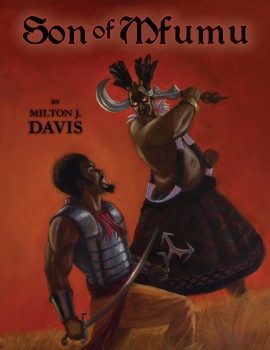Wings, Wind, and World-Wreckers: The Best of Edmond Hamilton
 James McGlothin has been providing excellent continuing coverage on Black Gate of Del Rey’s famous “The Best Of…” anthologies that shaped many SF readers in the 1970s. He was kind enough to allow me to take a pile of notes I’d assembled for Del Rey’s The Best of Edmond Hamilton (1976) and do an entry in the series. I also sought the blessing of our editor John O’Neill because Edmond Hamilton is his favorite pulp author and I wanted to feel sure I wasn’t intruding too far into another’s territory. Both James and John are welcome to trash Edgar Rice Burroughs and Godzilla as much as they want after this.
James McGlothin has been providing excellent continuing coverage on Black Gate of Del Rey’s famous “The Best Of…” anthologies that shaped many SF readers in the 1970s. He was kind enough to allow me to take a pile of notes I’d assembled for Del Rey’s The Best of Edmond Hamilton (1976) and do an entry in the series. I also sought the blessing of our editor John O’Neill because Edmond Hamilton is his favorite pulp author and I wanted to feel sure I wasn’t intruding too far into another’s territory. Both James and John are welcome to trash Edgar Rice Burroughs and Godzilla as much as they want after this.
I’ll admit to having absorbed less Edmond Hamilton than I should. I’ve read some of his short fiction, but only one of his novels, The Star Kings (1947), a science-fiction variant on The Prisoner of Zenda that’s about as thrilling as Golden Age space opera gets. (Because John O’Neill will ask, I read the original magazine version of The Star Kings, not the later book revision with the sequel-friendly ending.) I’m more familiar with the work of Hamilton’s wife, Leigh Brackett, one of the great science-fiction writers and one of my favorite authors of all time. Their marriage didn’t lead to frequent collaborations, as the marriage of C. L. Moore and Henry Kuttner did. I’m glad Hamilton and Brackett maintained separate writer identities, and the feeling became sharper after reading this selection of what Brackett thought was her husband’s finest short fiction.
I’ve read many of the Del Rey “Best Of…” volumes, but few that I’ve enjoyed as consistently as this one. It’s not only because Hamilton was a superb writer — all the authors in the series were first-rank SF masters — but because of two specific factors.









